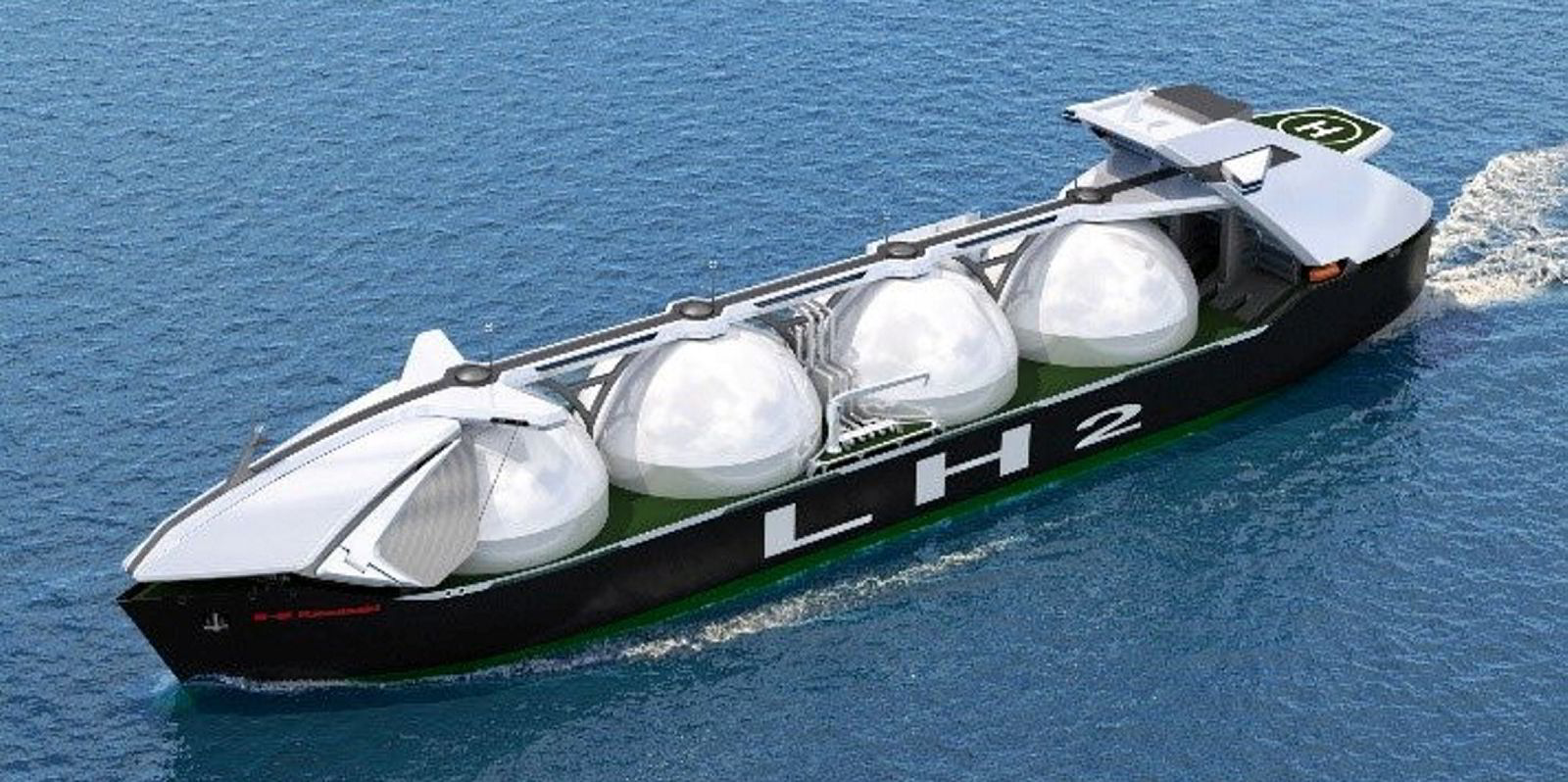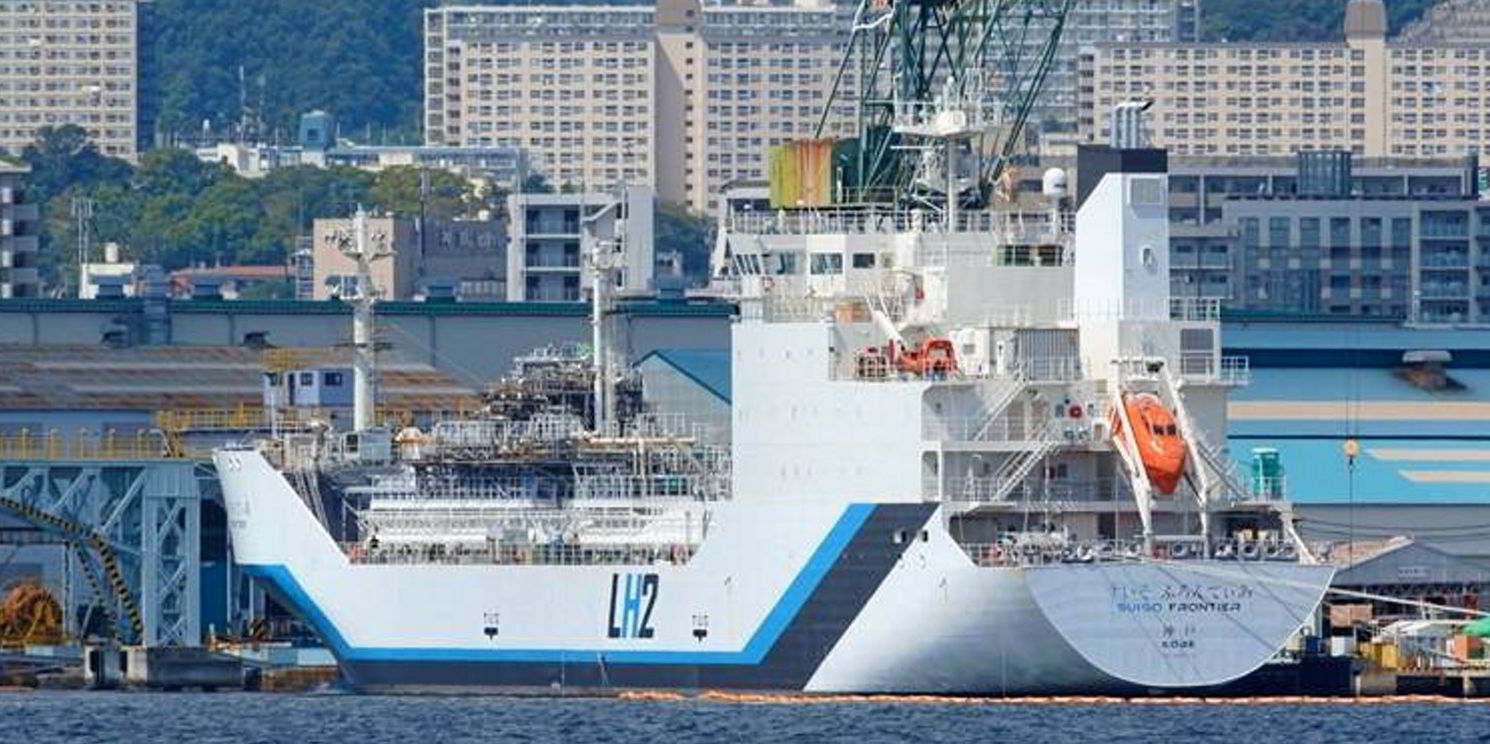Japan’s Kawasaki Heavy Industries (KHI) has become the latest company in the maritime sector to turn to sustainability bonds.
The company plans to raise ¥10bn ($89.6m) form the bond issuance which will have a 10-year tenure and is expected to be issued in July.
Mizuho Securities, Nomura Securities, SMBC Nikko Securities and Mitsubishi UFJ Morgan Stanley Securities and been appointed as underwriters for the offering.
KHI said in a statement that part of the funds raised will go towards projects involved in building a clean hydrogen supply chain.
The company said these include the development of liquefied hydrogen tankers, as well as containers and shoreside storage facilities for the gas.
KHI, which built the first LNG carrier in Japan in 1981, is currently working to develop the world's first liquefied hydrogen (LH2) carrier.
The shipbuilder recently received approval in principle from classification society ClassNK for the design of a 40,000-cbm cargo containment system developed for use on a large LH2 carrier.
KHI has already built the world’s first LH2 carrier. The 1,250-cbm Suiso Frontier (built 2020) can transport LH2 at a temperature of -253C.
KHI is currently working with Australia’s Origin Energy to export green hydrogen on tankers from the Port of Townsville and aims to initially produce 36,500 tonnes of green hydrogen per annum, using renewable energy.
In May, Mitsui OSK Lines and KHI announced that they were investigating the potential to ship LH2 to Singapore to power energy-hungry data centres.
The project plans to study the technical and commercial viability of a LH2 supply chain, including the feasibility of having a production and liquefaction plant and export terminal at the exporting country.
It will also look at transportation via tankers, as well as an import terminal, storage units and regasification facilities in Singapore.
In its liquid state, hydrogen occupies 800 times less volume compared with its gaseous state, allowing for more compact and efficient storage and transportation.
Hydrogen, which does not emit CO2 or other greenhouse gases, is also being considered as an alternative bunker fuel to enable shipping to meet the IMO 2050 emissions targets.





